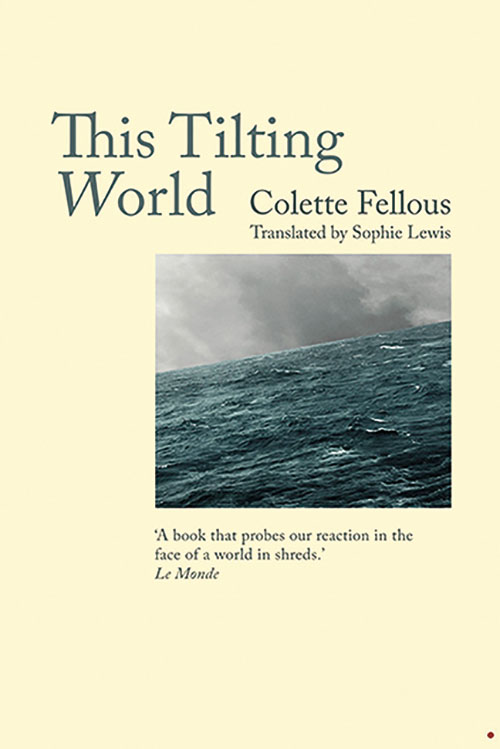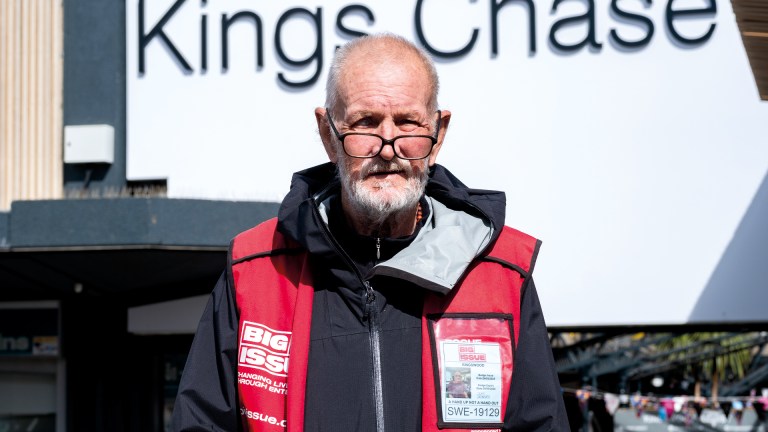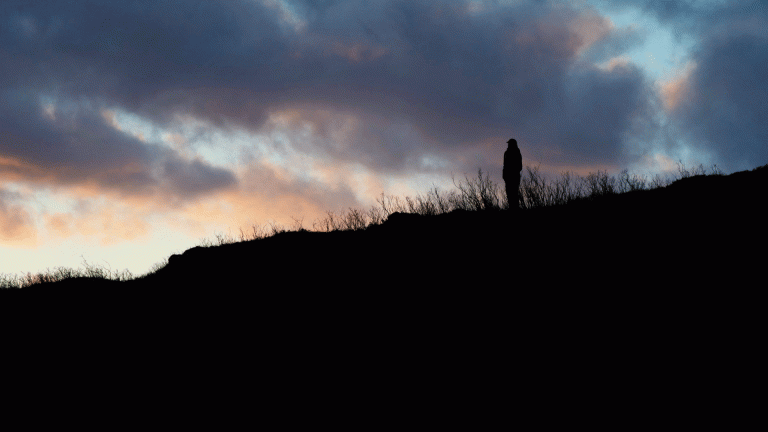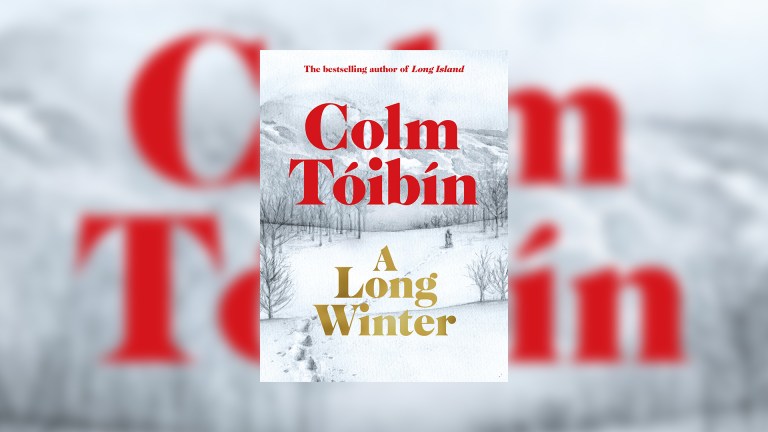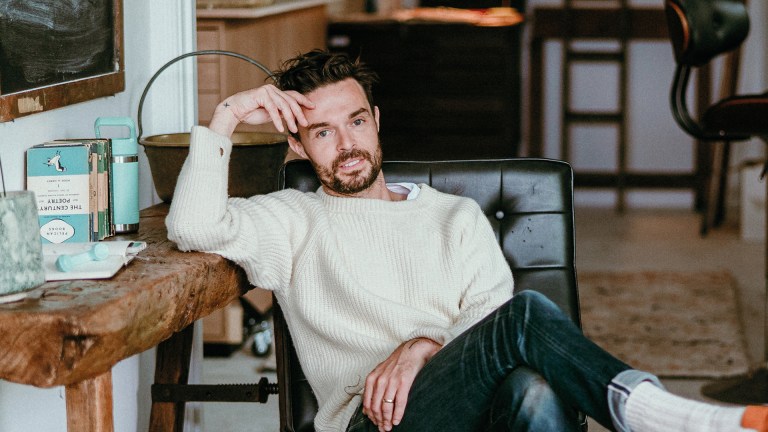The prospect of a new collection of essays by Kathleen Jamie is enough to throw those who look to her as a literary polestar into a state of euphoria.
Her previous books, Findings and Sightlines, are things of shimmering wonder. Jamie casts her curious eye on everything from corncrakes to cancer cells, transforming them from the quotidian to the extraordinary with language so thrilling it makes all other writing feel insipid for a while.
As befits our times, Surfacing turns out to be tonally different to its predecessors. Our world is beset on all sides: by Trump, by Brexit, by climate change. Jamie’s life too is in a state of flux: her parents dead, her children leaving home and her future uncharted territory. Gone is the exuberant “Ho” of salmon in the River Braan and, in its place, a sense of dislocation.

Jamie’s powers of observation have not flagged. She continues to conjure up heartstopping images – “a ghostly tanker sailing over the pine trees” or an archaeological site with a “raw, slightly wounded look, like skin after you peel off a sticking plaster”. But the passing years have rendered her less zestful, more subdued. In ‘The Eagle’, she tries to keep track of a pair of birds, but she becomes distracted and loses sight of them. The birds “treat the air: as a resource, a birthright, theirs in never-ending abundance”. She, however, seems less assured of her place in the universe, and of the direction she should take.
Structurally, too, Surfacing represents a departure. Around two thirds of the book is made up of two long essays, ‘In Quinhagak’ and ‘Links of Noltland I’.Both see her join excavations, the first in Alaska, the other in Orkney. Here, she is literally digging up fragments of the long-dead and piecing them together to understand a way of life.
In other, shorter essays, the excavations are metaphorical. Untethered from care obligations, Jamie has time to reflect on past adventures, such as the months she spent in Tibet in 1991, and on the losses of middle age.

